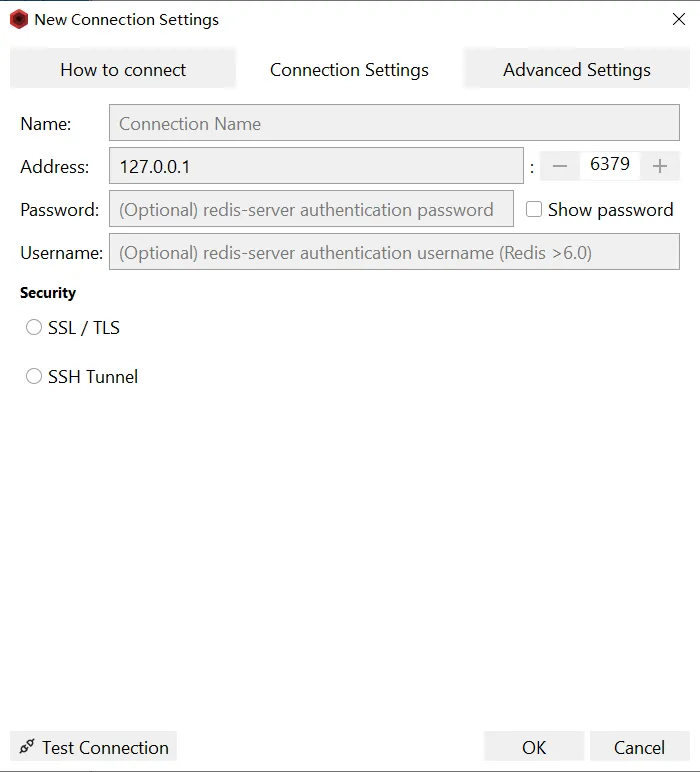Using the PFADD Command in Redis
Redis, an open-source, in-memory data structure store, offers a wide range of commands to manipulate data structures like strings, lists, sets, hashes, bitmaps, hyperloglogs, and more. Among these, the HyperLogLog data type is particularly useful for approximating the number of unique elements in a set when the set is too large to fit into memory or when you don’t need absolute accuracy. The PFADD command is one of the key operations for working with HyperLogLog in Redis. This guide will show you how to use the PFADD command effectively.
Understanding HyperLogLogs (HLL)
HyperLogLogs provide an efficient way to estimate the cardinality (number of unique elements) of a set using minimal memory, regardless of the size of the input set. This makes them extremely useful for applications that require counting unique elements in large datasets.
Syntax of PFADD Command
PFADD is a Redis command used to add one or more elements to a HyperLogLog. If the HyperLogLog does not exist, it is created automatically. This command is ideal for scenarios where you need to count unique items in a very large set with high accuracy and low memory overhead.
To use PFADD, follow this syntax:1
PFADD key element [element ...]
- key: The name of the HyperLogLog key.
- element: The element(s) to add to the HyperLogLog. You can add multiple elements in a single
PFADDcommand.Example Usage
Suppose we are running an e-commerce website and aim to estimate daily unique visitors. Leveraging a Redis instance, we can use a HyperLogLog (HLL) data structure for this task. UsingPFADD, we add each unique visitor’s ID to the HLL.
Adding Elements to a HyperLogLog:
1
> PFADD unique_visitors_today alice bob carol bob
This command adds users ‘alice’, ‘bob’, ‘carol’, and ‘bob’ to the ‘unique_visitors_today’ HyperLogLog. If ‘unique_visitors_today’ didn’t exist before, it will be created automatically.
Estimating the Number of Unique Elements:
After adding elements to the HyperLogLog, we can use the PFCOUNT command to estimate the number of unique elements in the set.1
PFCOUNT unique_visitors_today
This command will return 3, an estimate of the number of unique visitors based on the elements added to the ‘unique_visitors_today’ HyperLogLog.
Notes and Best Practices
- Memory Efficiency: HyperLogLogs are designed to provide an estimate of the number of unique elements with a very small memory footprint, making them ideal for large datasets.
- Accuracy: While HyperLogLogs provide an estimate rather than an exact count, they offer a high degree of accuracy with a low standard error. (due to their probabilistic nature)
Atomicity: The
PFADDcommand is atomic, meaning that it adds elements to the HyperLogLog in an all-or-nothing fashion.Applications
HyperLogLogs are particularly useful for applications that need to count unique items in large datasets.
For example:Counting Unique Visitors: Use HyperLogLogs to estimate the number of unique users accessing a website.
- Data Analytics: Calculate unique items in datasets for analytics purposes efficiently.
Conclusion
ThePFADDcommand in Redis is essential for leveraging HyperLogLogs to efficiently estimate unique items in datasets. By understanding its usage and applications, you can effectively integrate it into your Redis-based applications for scalable and efficient data handling.
For more details on how to usePFADDand other Redis commands effectively, check out the Redis documentation or tutorials on Redis data structures.



